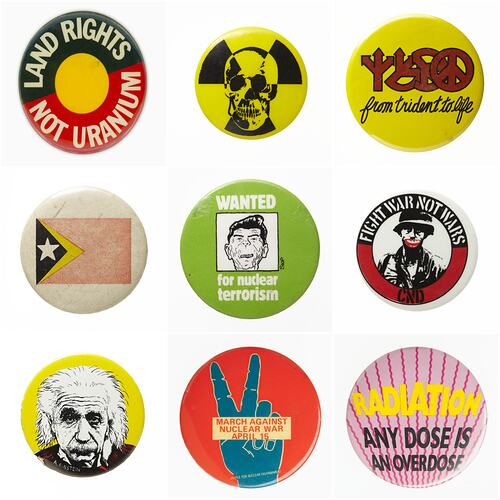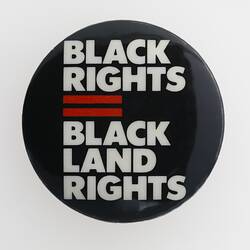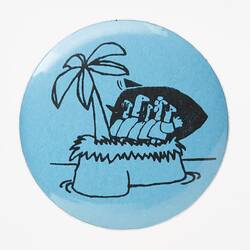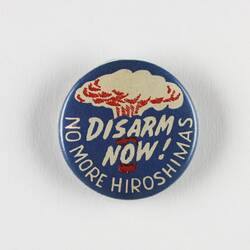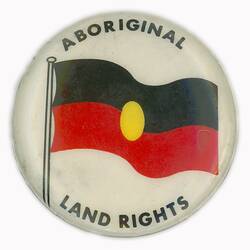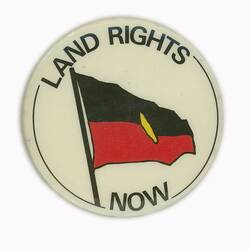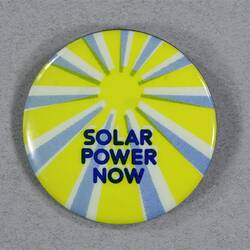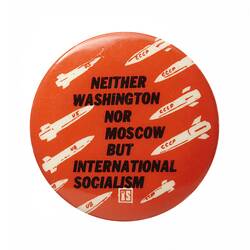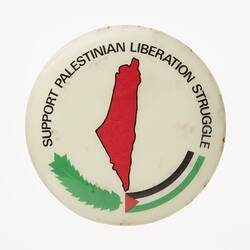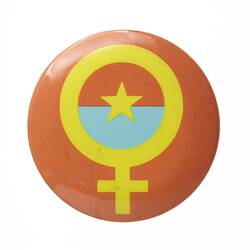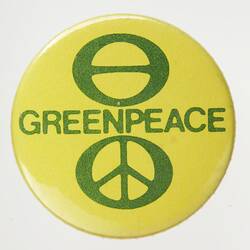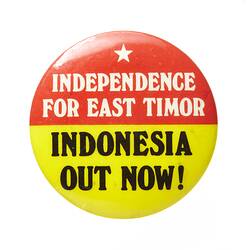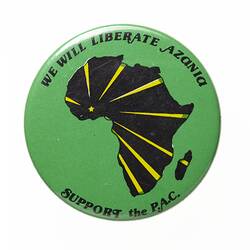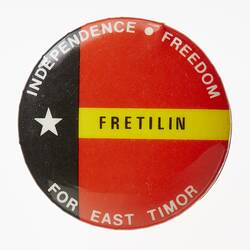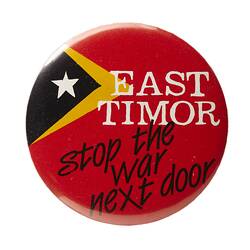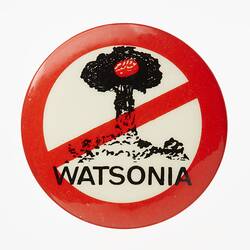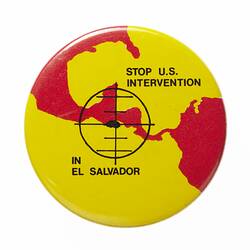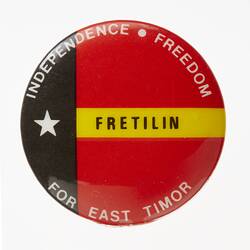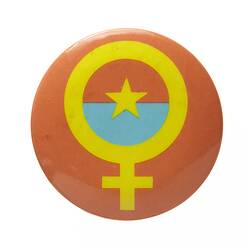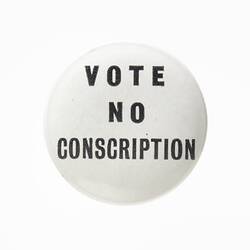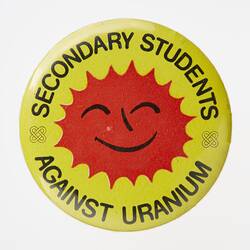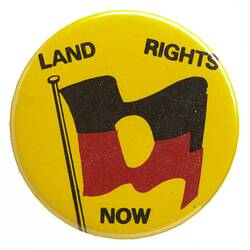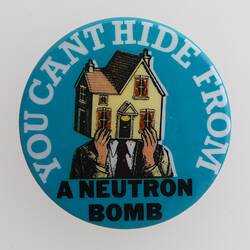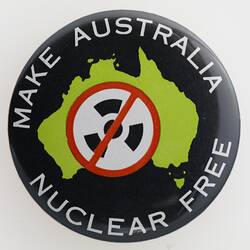Nic Maclellan works as a journalist and researcher around issues of nuclear disarmament and human rights in the Pacific region. He was a student at Melbourne University from 1975 until the late seventies. In this period he became involved with various political protest movements, including the Movement Against Uranium Mining, People for Nuclear Disarmament and later on with Nuclear Free and Independent Pacific (NFIP). In an oral history interview, he confessed that it was the environmental issue that first made him get involved with student activism. Generally, the end of the seventies was a time of social change, with a generation just coming out of the Vietnam War period. Many people were also genuinely afraid of an impending 'nuclear winter'. Moreover, this was a time when France was conducting tests in the Pacific, and that bred a movement of opposition inside Australia. Maclellan confessed that spending time on an Aboriginal mission in Queensland in 1972 really opened his eyes to the importance and complexity of contemporary social issues. He remembers how getting 'thrust into Queensland race relations in the 70s' (Maclellan, 2016) really changed his life in many ways. Similarly, meeting nuclear survivors and interviewing them through NFIP also influenced his outlook.
He donated 150 anti-nuclear badges for the Museums Victoria 1986 exhibition celebrating the Year of Peace, as he considered them important instances of social history. In a 2016 interview he discussed the strong relevance of badges as symbols in the seventies, noting the similarity between the use of badges at that time and the contemporary phenomenon of the meme. Some badges in the collection are actually discoloured and weathered through use in protests. Apart from producing and wearing badges, he also recalled screen printing posters and t-shirts as well as engaging in direct action activities like posting fake newspaper advertisements outside of newsagents condemning the uranium mining industry.
When talking about various organisations within the environmental movement, he highlighted the unity and warned against exaggerating the differences. Political differences and debates about approaches obviously occurred, but he noted a sense in which 'people were united in the broader picture' (Maclellan, 2016). Overall, he alluded that the strength of the peace movement was as an incredibly diverse and broad group of people concerned about the state of society realising that they were not alone in their beliefs.
Reference List
Maclellan, N. (2016) Interviewed by Patricia Nistor at Melbourne Museum, 06th of December.
More Information
-
Keywords
Political Protests, Activism, Nuclear Disarmament, Nuclear Power, Environmental Activism, Indigenous Activism, Racial Identity
-
Authors
-
Article types
